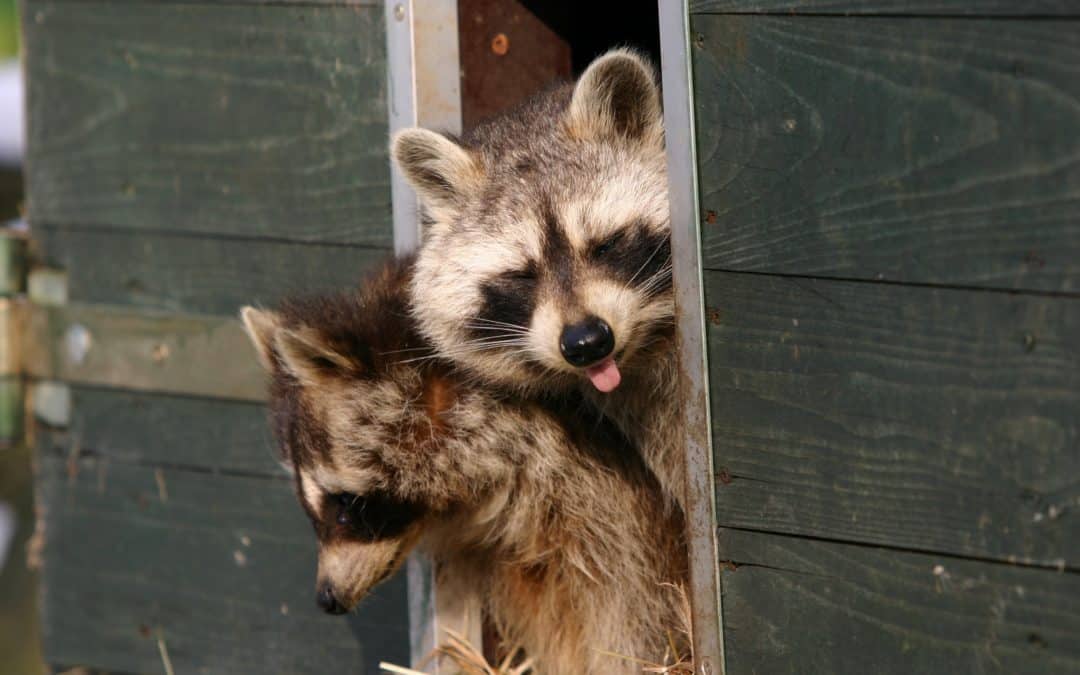
Nov 18, 2020 | Wildlife
The temperatures have dropped, the warm heat is running throughout the house, and we are all bundled up under a blanket come nightfall. While we enjoy the indoor warmth, the creatures outside could be a bit envious. Most wildlife animals are looking for shelter to keep them warm and provide them with a food source. We breakdown some common wildlife that roam about during the colder months and why they can be harmful to your home and family.
Norway Rats
One common pest encountered in the fall and winter is the Norway rat. These rodents are most active at night, when they begin their search for food and water. They exist in large numbers and are known to produce up to 5 litters per year with an average of 7 babies per litter! If given the opportunity, Norway rats will enter through open holes and gaps leading inside your home. If they gain access, they can be dangerous as they will chew electrical wires, putting you at risk of house fires.
Raccoons
While raccoons can look cute to some, having them destroy your property is not ideal for any homeowner. These animals are talented, capable of using their paws to open doors and lids. They often live in hollowed trees or caves but can also sneak inside the attic and garage to find warmth and food. Once these pests find a food source, they will keep returning to search for more. This can be not only dangerous, as there is potential they could have rabies, but it is also a nuisance as they can cause considerable damage to your roof or inside the home.
Squirrels
Squirrels spend most of their time in trees foraging for food. While these animals might look harmless, they can easily become a threat if they find themselves inside your home. These pests are looking for a food source and will commonly invade bird feeders, garbage cans, and attics. If access is gained into your attic, squirrels can cause damage to the wood, insulation, wires, and even storage boxes. Their urine and droppings can also contaminate attic insulation, which can be extremely costly to replace.
If you suspect that one or more of these wildlife creatures have gotten inside your home, it’s best to contact your local wildlife control company. A professional will be able to locate any entry points, create a customized plan, and prevent them from returning in the future.
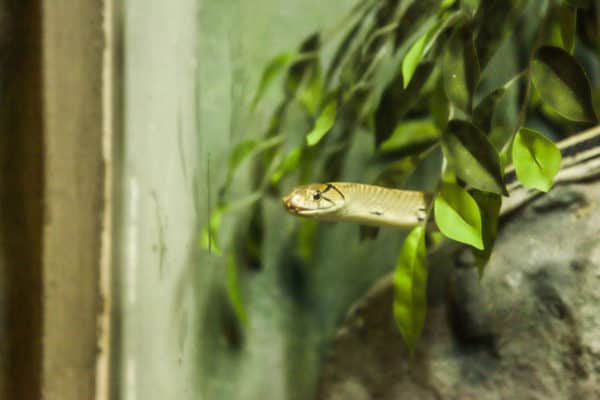
Oct 18, 2019 | Wildlife
Unlike many warm-blooded animals, snakes don’t actually hibernate in the winter. Instead, snakes go into a state known as brumation where snakes become less active and their metabolism slows down tremendously. Brumation is similar to hibernation in that snakes will sleep for long periods of time. They will, however, wake up to forage for food and water and if a sudden warm snap occurs and temperatures rise for a few days at a time. When the weather cools back down, they will go back into their brumation state once again. Brumation can begin anytime from September to December and last until March or April.
Because snakes are cold-blooded, they can’t regulate their body temperatures like warm-blooded animals can. When cold weather hits, snakes must find shelter from the temperatures by burrowing in holes or caves, under logs or rocks, in tree stumps, or by making their way into basements, crawlspaces, garages, barns, sheds, wood piles, and even car engines. Snakes are very quiet and experts at hiding so their presence often goes unnoticed until they are disturbed.
Now that you know where snakes might be hiding this winter, the next question is how to keep snakes away? Here are some tips on how to prevent snakes from hiding out on your property.
- Landscape Management: Rodents are attracted to tall grass and overgrown landscaping. By minimizing these unkempt areas on your property, rodent populations are reduced which, in turn, helps keep snakes who feed on these rodents away. Keep grass mowed and landscaping well maintained. Cut shrubbery regularly and trimmed away from your home and other buildings.
- Storage: Snakes will look for any area of cover that will protect them from the elements without being disturbed. They will often seek shelter in wood piles or other piles of debris on your property. Make sure that these stacks are kept at least 12″ off the ground and, if possible, stored in sealed containers.
- Wildlife Exclusion: Snakes can’t chew to create openings into your home so they take advantage of any openings that are already present, such as gaps near pipes, damaged window and door screens, open windows and doors, damaged soffits, crawlspaces that aren’t enclosed, and through cracks in the exterior of buildings. Carefully examine all of your property and seal any potential openings that snakes may utilize.
- Food Sources: Snakes are known to feed on rodents, lizards, and frogs. Eliminate these pests and you will help eliminate snakes. Get rid of any areas of standing water on your property. Keep landscaping well maintained to deter rodents. Inside your home, make sure to keep areas clean especially kitchens and pantries where spilled food and crumbs are readily available for rodents to feed on.
- Professional Service: Depending on the species, snake removal can be dangerous to undertake on your own. It is usually in your best interest to contact a professional wildlife control company when dealing with a snake issue. Establishing a regularly scheduled service plan can help identify pest risks before they become an issue. These professionals can also identify any areas where wildlife exclusion services may be beneficial and establish a comprehensive pest control program.
You May Also Be Interested In:
Mosquitoes Active Through Fall
How Can Your Business Benefit From Commercial Pest Control?
Lawn Care for Your New Home
5 Ways to Avoid Bed Bugs For The Holidays
How Do I Find Out If I Have Termites?
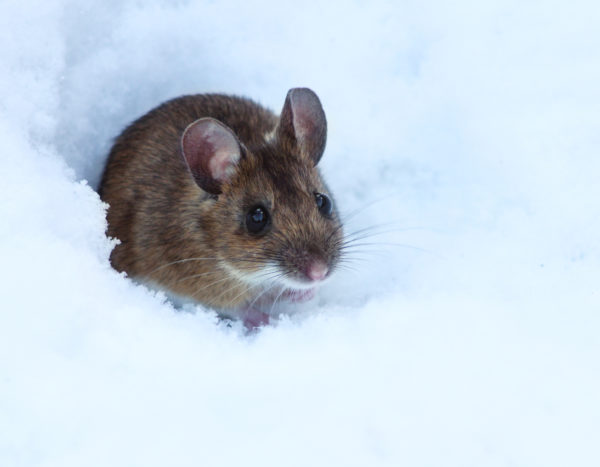
Jan 26, 2018 | DIY, DIY Pest Control, DIY Wildlife Prevention, Pest Control, Wildlife
During the colder months of winter, most of us like to stay bundled up and warm – with warmer clothes and inside our cozy homes. Unfortunately, many animals also seek this same shelter and warmth in the winter – oftentimes in our homes! Do you know which animals can cause problems for you during these colder months? What can you do to prevent them from seeking shelter in your home? Check out these common winter wildlife pests and 6 ways you can prevent them.
SQUIRRELS
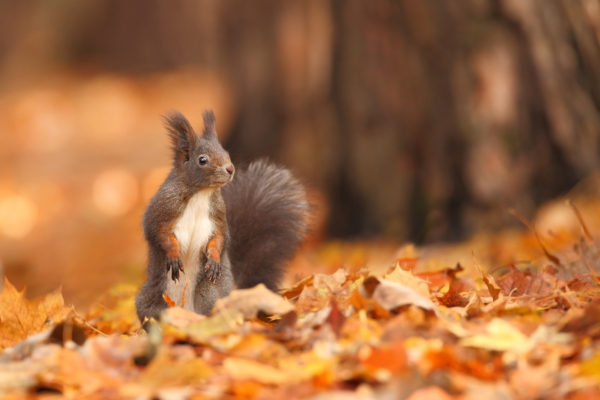
Squirrels can be a problem year round. They don’t hibernate in the winter and stay very active. They like to seek shelter and warmth in attic spaces. They may also seek out your attic as a storage space for their winter stash of nuts, grains, and seeds so they don’t have to search for food in the cold winter months. Squirrel nests are easy to spot in the winter in bare trees. Squirrels are notorious chewers – so if you have them in your attic you can expect your wood, insulation, and electrical wiring to suffer damage.
SKUNKS
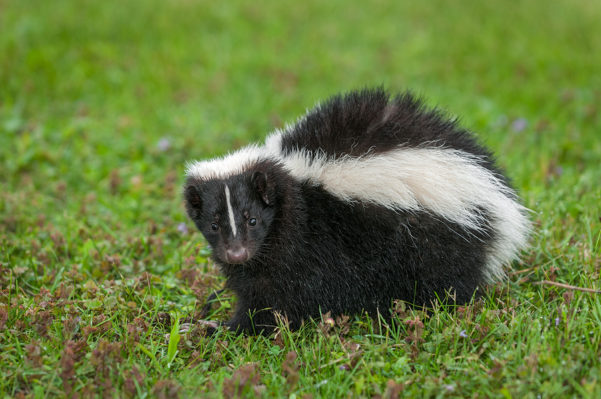
Skunks live in the same areas during the winter as they do in the summer. They like to burrow under our decks, patios, and stoops. Skunks don’t technically hibernate, but they do lower their body temperature and heart rate in the winter to conserve energy and therefore become less active. They can go up to a week without food and water but will venture out on a semi-regular basis in search of sustenance. They live in larger communities in the wintertime for warmth.
RATS/MICE
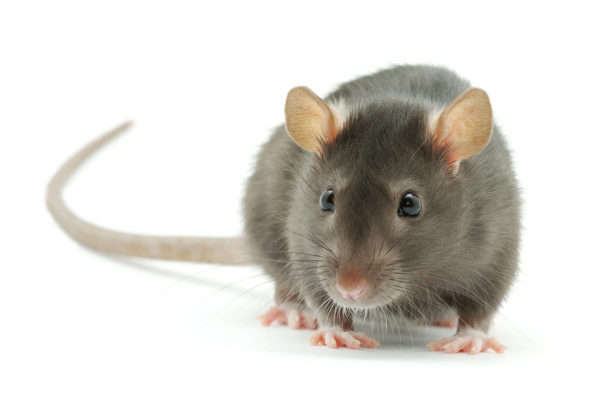
Rats and mice are also year round pests but they can become more of a problem in the winter. These rodents seek out warmth, food, shelter, and water inside our homes during the harsh winter months. They can squeeze into your home through extremely small openings. Like squirrels, they are also notorious for chewing through insulation, wiring, and wood.
BATS
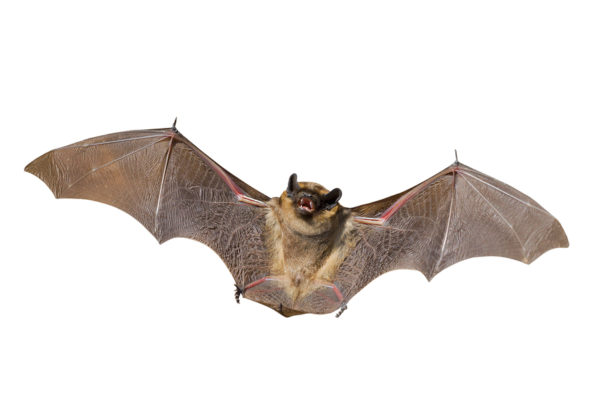
There are at least 40 different species of bats in the United States. Bats are mostly active in the summer months and will hibernate in the winter. They will, however, hibernate in your attic! Bats like to roost in attics, belfries, behind shutters, and loose boards. They are carriers of rabies and can spread disease.
RACCOONS
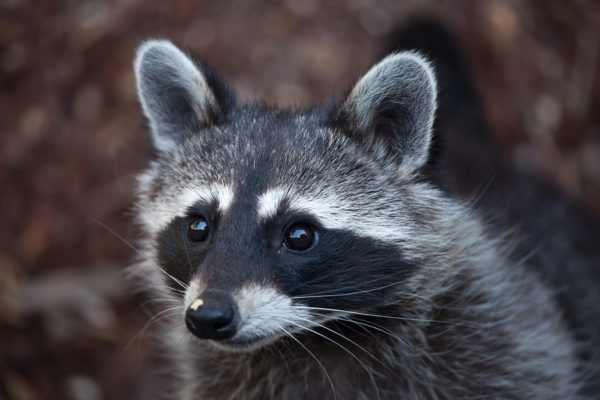
Raccoons are nocturnal and rarely seen during the day. Raccoons can cause significant damage to roofs and chimneys in their search for den sites. They will also get into crawlspaces in search of den sites. They are a major carrier of rabies.
CHIPMUNKS
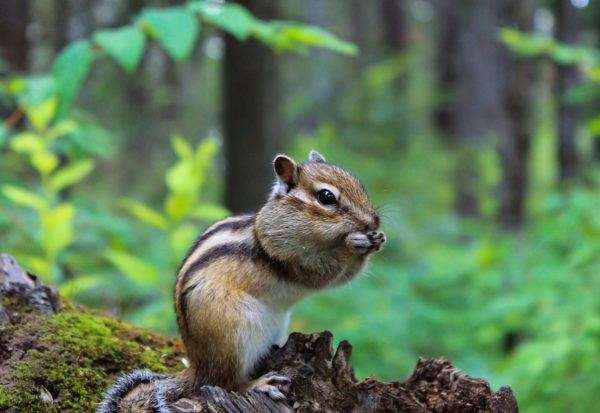
Chipmunks are like squirrels in that they gather and store their food in the fall. They are less active in the colder weather, lowering their body temperatures and heart rates to conserve energy. They usually make their nests in underground burrows that can be up to 10 feet long. They will venture out every few days to eat, drink, and go to the bathroom. Oftentimes they will use attics as a storage space for their winter stash.
OPOSSUMS
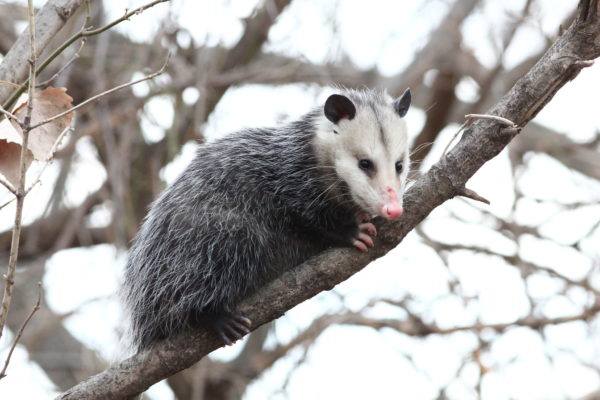
Opossums are the only marsupial found in North America. They will occasionally make their dens in attics and garages. They are known to make very messy nests. Opossums have very sharp teeth and will show them, as well as hiss, when they feel threatened. They are known to bite in very rare cases.
PREVENTION:
Winter wildlife can be a problem especially if they build a nest or store food in or near your home in the wintertime. The cold weather also doesn’t eliminate the diseases that they carry and spread. If these pests get into your home they can cause significant damage to your roof, insulation, foundation, wiring, and more. What can you do to prevent winter wildlife from making your home theirs? Check out these 6 tips to prevent winter wildlife.
- Eliminate Entry Points. Winter wildlife can’t get into your home if they don’t have a way in. Carefully inspect your home for any openings that animals can use to get in. Check and proof any weep vents in your bricks. Seal around HVAC and utility lines, in gaps in the foundation and siding, in gaps between your roof and soffits, and gaps between the soffits and fascia. Check your roof vents, as well. Seal gaps around windows and doors, including your garage door. Many rodents can chew through rubber or thin plastic seals so consider using heavy duty metal seals or caulk. Check screens on doors and windows to make sure they are in good repair. Use chimney caps. Consider enclosing your crawlspace to prevent unwanted critters, as well.
- Clean Your Gutters. Clogged gutters can block the drainage of rain and melting snow and ice. This can not only cause damage to your home, but also invites birds and other wildlife to build their nests here. Make sure drains are clean and that your spouts are far enough away from your foundation. Consider installing Leafproof XP Gutter Guards to make gutter cleaning and maintenance easier for you.
- Clear Out The Clutter. Now is the time to reorganize your belongings. This not only lets you get your garage or attic cleaned out, but also allows you to inspect areas of these spaces that you might not normally have access to. If possible, get rid of cardboard storage boxes and use plastic containers with lids instead. Get rid of old newspapers or other paper products as these invite rodents and other pests to make nests.
- Get Rid Of Their Food. Winter wildlife will eat anything they can get their hands on. If you have birdfeeders, take them down in the evenings and put them back out in the mornings. Clean up any spilled birdseed from the ground underneath them. If you do keep your birdfeeders out all the time, consider squirrel proofing them. Use trash and compost bins with locks and store them in the garage if possible. Make sure outdoor composts are well sealed. Store food in airtight containers and refrigerate them if possible. Don’t leave pet food out overnight, especially outdoors. Clean up any spilled food and crumbs daily and sweep and vacuum often.
- Clean Up Your Yard. Clutter and debris in your yard can invite all sorts of pests to invade. Keep your yard clean and free of debris. Trim shrubs and branches away from your home as pests can use these to access your house. Stack firewood at least 2 feet off the ground to keep animals from nesting underneath. Dead trees, brush piles, and tall grasses should be put in yard waste bags and kept in the garage until garbage day.
- Call The Pros. If you suspect you have a wildlife problem, call a professional wildlife control company. They can come out and inspect your home, remove any unwanted critters, and provide you with a prevention and treatment plan to keep them from coming back.
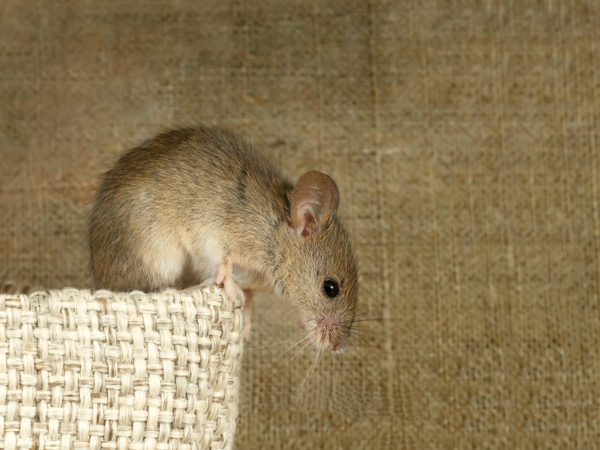
Dec 22, 2017 | DIY, DIY Wildlife Prevention, Pest Control, Wildlife
Rodents are one of the most common pests that come into our homes in the winter. Rodents are in search of 3 things – food, water, and shelter – and they can find all 3 of them in and around our homes. Squirrels, raccoons, rats, and mice are some of the most frequently seen rodents in the colder months. Rodents can cause significant damage to property and can also be a big health risk to humans. Prevention is critical in managing and preventing an infestation of rodents. Check out these tips to keep the rodents out this winter:
- Put A Lid On Your Trash: If possible, use trashcans made of metal with snug fitting lids. If you must use plastic, make sure there are no holes in it.
- Put Up Your Pet Food: Store pet food and birdseed in glass or metal containers with tight lids. Make sure to remove them at night and store them away until morning. Make sure to pick up any fallen fruit or nuts off the ground outside your home, as well. Remove standing water from bird feeders.
- Elevate Your Compost: Raise your compost container at least 1 foot off the ground.
- Keep Your Garage Clean: Rodents like to eat lawn seed, tulip bulbs, bone meal, and other items frequently used in gardening. Make sure they are stored in glass or metal containers with tight lids. Keep firewood a good distance from the house. Organize and store boxes in the garage off the ground to eliminate nesting places.
- Clean The Kitchen: Keep food stored in tightly sealed containers. Clean up spilled food and crumbs nightly.
- Keep Your Home Maintained: Make sure openings around your home are properly sealed. Keep your gutters clear of debris and water. Screen your attic vents. Keep screens on windows and doors in good repair and replace when needed.
- Call A Pro: If you suspect you have a rodent problem, call a professional pest control company or a professional wildlife removal company who can evaluate your home and provide you with a comprehensive treatment plan.
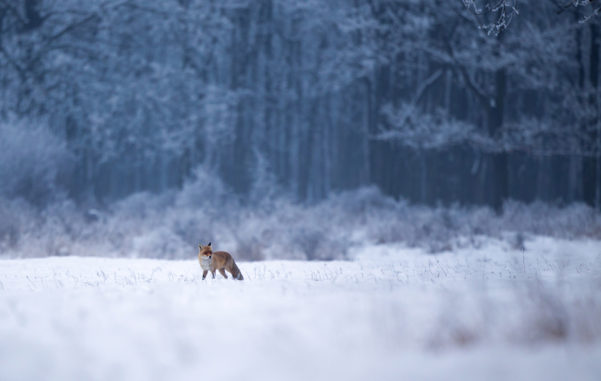
Nov 17, 2017 | Wildlife
As the cold winter months descend upon us, our first instinct is to head indoors for warmth and shelter. Animals have this same instinct during winter and will start looking to escape from the elements. They will usually look for holes, tunnels, logs, rock or leaf piles to burrow in but, if they are near neighborhoods, your home might look just as inviting to them.
Did you rake and bag your leaves this fall? Did you repair those holes in your deck, garage, or siding? Did you enclose your crawlspace and cap your chimney? If the answer is no, then you may have left an open invitation for critters to come into your home. Common winter wildlife invaders include squirrels, rats and mice, raccoons, and spiders. But don’t forget some lesser known winter animals, as well. Check out these four unusual winter pests and what you can do to prevent them.
OPOSSUMS:
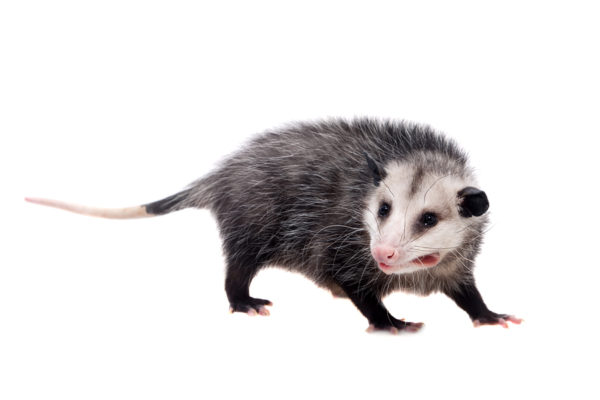
APPEARANCE:
- About 2 feet long
- About 10 lbs.
- Long, light grey hair
- Hairless round ears
- Scaly tail
- Five fingers on their front feet, four fingers and opposable thumbs on their rear feet
HABITAT:
- Establishes home within existing structures (hollow logs, garages, crawlspaces, under buildings, inside burrows)
- Lives close to their food sources
DIET:
- Omnivore
- Will eat anything it can find
- Usually eats fruit, grass, insects, mammals, birds, and fish
BEHAVIOR:
- Marsupial (carries young in a pouch)
- Sluggish and slow
- Nocturnal
- Excellent climbers
- Produces a repulsive smell
- Plays dead as a defensive mechanism
THREAT:
- Not dangerous to humans as long as they aren’t cornered
- May carry diseases of concern to humans (e.g. rabies) but transmission is extremely rare
- Always handle (dead or alive) with gloves and wash hands thoroughly afterwards
SIGNS:
- You see them out, especially at night
- Usually see or hear around garbage cans or in attics
- Damage to lawns and gardens from digging for food
- Eaten pet food or birdseed
PREVENTION:
- Opossums are protected species in many areas so check local laws and regulations before trapping or relocating
- Eliminate food sources by keeping pet food inside and removing uneaten birdseed at night
- Keep garbage cans closed and secure with bungee cords, cinder blocks, or latches
- Put garbage cans out for pickup in the morning rather than overnight
- Keep pets inside at night
- Keep outdoor grills and grease catch cans clean
- Secure under decks, eaves, and chimneys with wire mesh and use chimney caps
- Trim tree limbs to prevent roof access
- Enclose your crawlspace
FOXES:
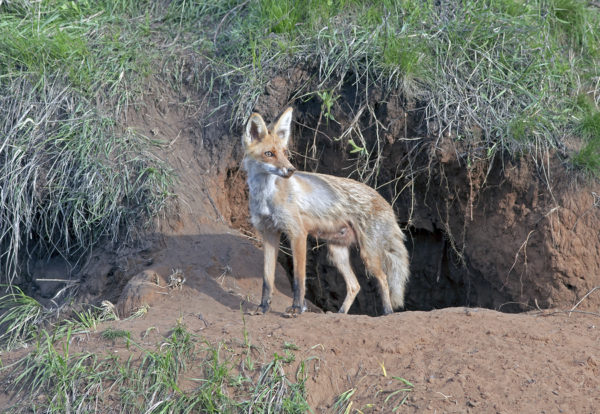
APPEARANCE:
- 3 to 3-1/2 feet in length
- Reddish brown to grey fur
- Tails have black or white tips
- Yellowish eyes
HABITAT:
- Will make dens under porches, decks or sheds
- Found in suburban areas and near farms
- Often seen near wooded areas, open fields and meadows
- Will dig their own dens or use abandoned burrows and hollow trees
DIET:
- Prey on small pets and livestock (rabbits, guinea pigs, chickens)
- Prefer rodents, rabbits, insects, and fruit
BEHAVIOR:
- Natural fear of humans
- Like to dig
THREAT:
- Not dangerous unless rabid (which is very rare)
- Dangerous if captured or handled (they will bite or attack)
SIGNS:
- See them (daytime or night)
- Small animals/pets are carried off
- Twisted droppings with hair or berries
- Distinct odor left behind (almost like a skunk)
PREVENTION:
- Keep pets indoors or in sturdy structures
- If they have established a den under or near your home:
- Loosely pack leaves, soil or mulch in the opening
- Place urine soaked kitty litter, a sweat soaked shirt, smelly socks, or old sneakers in or near the opening
- Spread capsicum-based repellent around the entry
- Bury an L-shaped footer around the perimeter of fencing or enclosures to prevent them from digging into them
- Scare foxes them away by making noise near their dens, shouting, or increasing activity near the den
- Get rid of food sources like garbage, compost piles, and outdoor pet food
COYOTES:
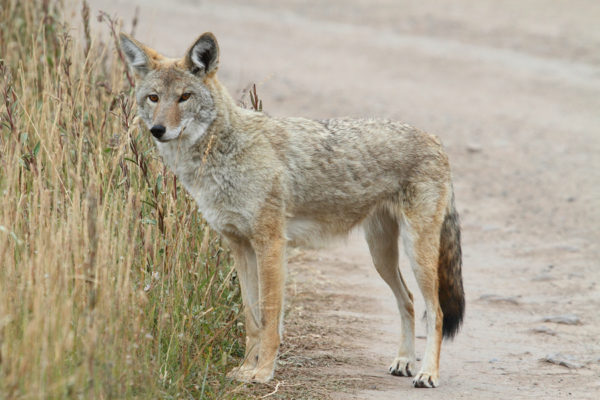
APPEARANCE:
- 4 to 5 feet in length
- 15 to 45 lbs
- Tawny grey fur with dark areas and a black strip along their back
- Backs of their ears are yellowish
- Throat and belly are white
- Tails have a black tip
HABITAT:
- Prefer forests, grasslands, deserts, and swampy areas (they are very adaptable)
- Accustomed to humans so they can be found in rural, urban, and suburban areas
DIET:
- Mainly prefer small animals (rabbits, squirrels, mice)
- Will also occasionally eat birds and insects
BEHAVIOR:
- Nocturnal – they usually hunt after dark and in the early morning
- Will kill house cats, small dogs, and livestock
- They run with their tails down (this distinguishes them from dogs and wolves)
THREAT:
- Can carry distemper, hepatitis, parvovirus, rabies, mange, and tularemia
- They have occasionally attacked humans if threatened
SIGNS:
- Spotting them, especially at night
- Hearing them (yip, yelp, howl, growl, and bark)
- Dead or missing animals
- Damage to gardens
- Tracks – more elongated than dogs and more uniform in shape
- Twisted droppings with hair and berries
- Signs of prey (carcasses or bones that have been eaten clean)
PREVENTION:
- Remove food sources like garbage cans and dumpsters or secure them with latches or straps
- Feed pets and birds during the day and clean up stray food
- Remove bird feeders at night as they will eat both the seeds and the animals who come to feed
- Keep an eye on pets and young children as coyotes will attack if they are left alone
ARMADILLOS:
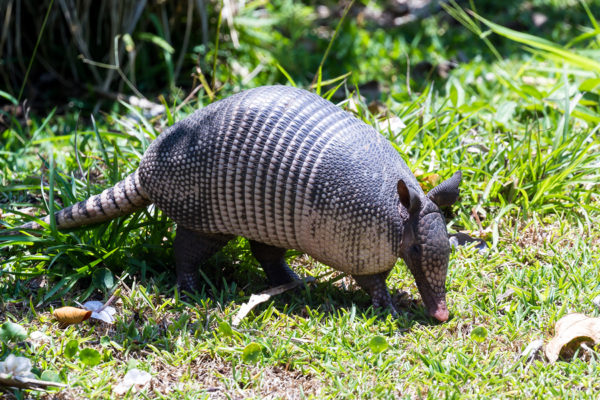
APPEARANCE:
- Anywhere from 6 inches to 5 feet in length
- 8 to 17 lbs
- Color ranges from black to red, grey, or yellowish patterns and coloring
- Tough shell with knobby scales
HABITAT:
- Live in wooded areas and prefer loose, sandy, or clay soil since it is easier to dig
- Will dig multiple burrows, some up to 15 feet deep
- Can burrow under patios and driveways
- Burrow entrances are usually hidden under brush, stumps, and rock piles
DIET:
- Insects, insect larvae, earthworms, snails, and scorpions
BEHAVIOR:
- Nocturnal – feed at night and hide in burrows during the day
- Excellent diggers
- Poor eyesight and hearing
- Move swiftly
- Good swimmers
THREAT:
- Not usually dangerous to humans
- Can carry the bacterium that causes leprosy but can only be transmitted by eating undercooked meat
SIGNS:
- Seeing them, especially at night
- Structural damage from burrowing under driveways and patios
- Damage to flowerbeds, gardens, and landscaping
PREVENTION:
- Eliminate food sources by decreasing the amount of water and fertilizer used on your lawn; this rich, moist soil brings worms and other insect larvae to the surface which attracts armadillos
- Install fences around gardens at least 2 feet high and 18 inches into the ground
- Remove brush, woodpiles, low lying bushes and shrubs as these are used to cover burrows
- Clean up any fallen berries or fruit
- Use a castor-oil based repellent around your yard















